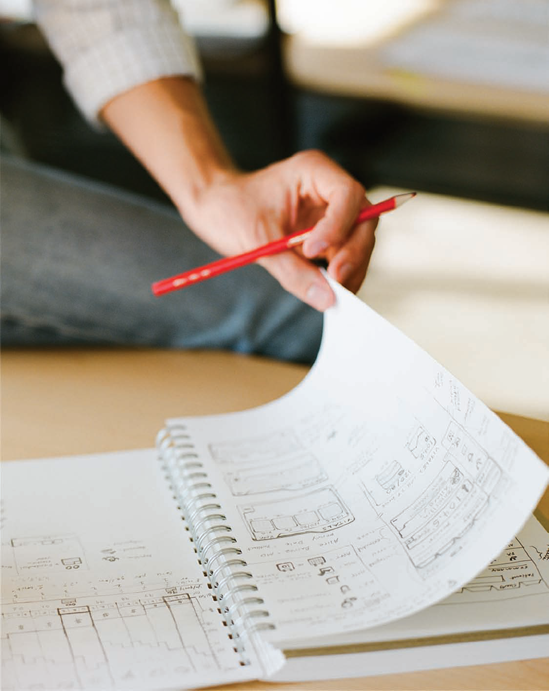Chapter 16. Designing the Form Factor and Interaction Framework

Any effective approach to design starts with defining the big ideas, iterating until you get them right, then adding more detail and iterating until the product or service is ready for people to use. The fundamentals of this process look very similar whether you're designing hardware, software, services, or environments: Start with the best idea you can think of based on your understanding of users, examine it in various ways to find problems, then throw it out if it's hopeless or refine it if it's close to working.
However, unlike other design problems, interactive products and services change state over time and engage in a type of conversation with their users. These factors are what make personas and scenarios so useful as design tools—personas help you predict user behavior and desires in any circumstance, while scenarios help you see how the product should change state over time. Of course, this early part of the design work also takes considerable visualization skill, an ability to think in systematic terms, and a deep knowledge of design principles and patterns to come up with a solution that's not just workable, but desirable.
The approach outlined in this chapter focuses on how to visualize form and behavior: what the product or service is, what it does, and how it looks and works from a user's point of view. ...
Get Designing for the Digital Age: How to Create Human-Centered Products and Services now with the O’Reilly learning platform.
O’Reilly members experience books, live events, courses curated by job role, and more from O’Reilly and nearly 200 top publishers.

